The 10th session of the Conference of the Parties (COP10) to the Framework Convention on Tobacco Control (FCTC) takes place in Panama, November 20–25, 2023.
Discussions and decisions at these meetings influence tobacco control policies at a national level. These decisions will be significant in determining the future of safer nicotine products (SNP), such as nicotine vapes (e-cigarettes), snus, nicotine pouches, and heated tobacco products (HTP). The availability of these products is crucial to realizing the public health potential of tobacco harm reduction (THR) in global efforts to combat smoking-related death and disease.
Our April 2023 Briefing Paper explained what the FCTC is, what COP meetings are, and how they operate. This document provides an update based on the Agenda and accompanying documents for the COP10 meeting published by September 2023 and considers the implications this meeting could have for SNP and tobacco harm reduction.
What is the general direction of travel for COP10?
The biggest takeaway is that tobacco harm reduction is currently absent from the proceedings.
Harm reduction is one of the three pillars of the Framework Convention on Tobacco Control. Article 1.d of the FCTC defines tobacco control as “a range of supply, demand and harm reduction strategies that aim to improve the health of a population by eliminating or reducing their consumption of tobacco products and exposure to tobacco smoke” [emphasis added]. Despite this, harm reduction has not been discussed at the COP meetings to date.
Neither the Agenda, nor the accompanying published COP10 documents, nor various other reports intended to influence the Parties at the COP consider that SNP offers any opportunities for public health. There is no guidance for countries wishing to incorporate THR and SNP into their tobacco control policies, including how to regulate them in proportion to the level of risk they pose.
SNP are presented as a threat to tobacco control, rather than as a potential tool to both support a switch from smoking and reduce high-risk tobacco use.
Overall, the COP10 documents seek to conflate all tobacco and nicotine-containing products into a single category, and they fail to distinguish between high-risk tobacco products and SNP. The aim is to encourage the Parties to ban or strictly regulate the use of SNP.
The main takeaway messages that pose a threat to THR and consumer access to SNP are:
– to treat all SNP the same as combustible tobacco;
– to extend and apply regulations for tobacco products to all forms of nicotine and tobacco products;
– to define all aerosols emitted from “novel and emerging tobacco products” as ‘smoke’;
– to apply the same prohibition and/or regulation to SNP as to conventional cigarettes, including banning use where smoking is prohibited, having large graphic health warnings, plain packaging, and a ban on all advertising, promotion, and sponsorship;
– a ban on all ‘open system’ vaping products;
– a ban on all flavors except tobacco for all SNP; and,
– to tax all nicotine-containing products at the same rate as cigarettes.
The documents contain many policy recommendations but lack the evidence to support them. The evidence that is included is very selective. None of the documents appear to cite the latest evidence from the Cochrane Review. This is the global gold standard of systematic reviews, which found “high certainty evidence that nicotine e-cigarettes are more effective than traditional nicotine-replacement therapy (NRT) in helping people quit smoking”.
A guide to the FCTC COP10 Agenda and supporting documents
In the Agenda documents, SNP as a class is referred to as “novel and emerging tobacco products”. Product categories are described as ENDS (Electronic Nicotine Delivery Systems), also known as nicotine vapes or e-cigarettes; heated tobacco products (HTP); and nicotine pouches. D-ENDS is a new acronym for disposable ENDS.
The Provisional Agenda is prepared by the FCTC Secretariat in consultation with the Bureau of the COP.
The Provisional Agenda Annotated provides details about what the Secretariat is inviting the Parties to do. Normally this is to note and provide further guidance, or to adopt a draft decision. A list of the documents linked to Agenda items is available here.
There are various other documents that are not listed on the FCTC website that play a role in influencing the outcomes from COP10. Some of these are not in the public domain, but they are referred to in published documents. These include documents said to contain the evidence to support the policy conclusions, some of which are published on a restricted area of the FCTC COP website.
In addition to the official documents, there are a number of publications widely publicized by the WHO, that are intended to influence the Parties. These include the WHO question and answer page on e-cigarettes, which is dense with errors and misinformation. Another is the recently published WHO Report on the Global Tobacco Epidemic 2023, funded by Bloomberg Philanthropies, an organization that has poured money into anti-vaping campaigns.
Specific Agenda items and documents
There is a lot to read and decipher. Some of the issues are very specific, while others are more nuanced and require expert knowledge to interpret their direction of travel. The Agenda items that could have the greatest impact on the future of SNP and THR are addressed below.
The Agenda is weighted towards discussions around nicotine and SNP, with references to smoking largely absent.
Agenda items relevant to THR and SNP, as listed on the Provisional Agenda
Item 6.1 Implementation of Articles 9 and 10 of the WHO FCTC (Regulation of contents and disclosure of tobacco products): reports by the Bureau, by the Expert Group, and by WHO – Documents FCTC/COP/10/5, FCTC/COP/10/6 and FCTC/COP/10/7
Articles 9 and 10 of the FCTC cover the regulation of the contents of tobacco products and their disclosure.
The key document for this Agenda item is FCTC/COP/10/7. This reports on the progress made by the WHO in relation to work related to the regulation of tobacco products, but it reveals that very little research has been conducted. It seeks to redefine the term “cessation” and dismisses the health benefits achieved by successfully moving away from cigarettes to SNP, by questioning (para 24) whether “a person who has switched from conventional cigarettes to ongoing use of nicotine vapes can be considered to have successfully ‘quit’”. In para 69 the document claims (incorrectly, see the aforementioned gold standard Cochrane review) that “the evidence does not support the use of ENDS or ENNDS as cessation aids at the population level”.
The Parties to the COP are invited to consider adopting restrictive regulatory measures for nicotine vapes (including disposable vapes), HTP, and nicotine pouches, as well as the flavors in which these products are available (FCTC/COP/10/7 paras 68-75).
The measures suggested with respect to “novel and emerging tobacco products” include:
– bans on “novel and emerging tobacco products”;
– where not banned, Parties should consider a ban on all commercial marketing of “novel and emerging tobacco products”;
– with respect to nicotine pouches, to prevent all forms of marketing, as well as preventing their classification as pharmaceutical products unless approved through pharmaceutical regulations; and,
– to consider bans or stringent regulations on disposable vapes (D-ENDS).
Parties are also invited to adopt the draft decision to replace the Working Group with an Expert Group. This is significant because Working Groups can be open to all Parties, whereas Expert Groups are firmly within the control of the FCTC Bureau and are heavily linked to WHO bodies, such as TobReg and TobLabNet, as well as Bloomberg-funded NGOs, all of which tend to be opposed to tobacco harm reduction.
Item 6.2 Tobacco advertising, promotion, and sponsorship: depiction of tobacco in entertainment media: report by the Working Group – Document FCTC/COP/10/8
Document FCTC/COP/10/8 includes far-reaching proposals to limit tobacco advertising, promotion, and sponsorship (TAPS), which comes under Article 13 of the FCTC. The impetus for this is how to adapt FCTC guidelines to the new social media landscape.
The Draft decision (FCTC/COP/10/8 Annex 2 page 12) reminds Parties to apply measures regarding advertising, promotion, and sponsorship of “novel and emerging tobacco products”.
If Parties adopt the guidelines in Annex 1 to the report, “novel and emerging tobacco products” will now be included in TAPS regulations and be treated the same as tobacco products:
Parties that have not prohibited the sale of novel and emerging tobacco products should ensure a comprehensive ban on advertising, promotion, and sponsorship of novel and emerging tobacco products, including devices used with them, the function of which is to enable the consumption of such products. (FCTC/COP/10/8 Annex 1 para 23)
These recommendations would prevent the makers of SNP from providing any factual information on the relative safety of their products when compared to cigarettes.
Application of the ban on advertising would ban online sales of SNP.
The document defines all forms of communication with consumers as advertising, including social media. Parties are also encouraged to work with the media industry to reduce tobacco depictions in entertainment media.
Item 6.3 Novel and emerging tobacco products: reports by the Convention Secretariat and by WHO – Documents FCTC/COP/10/9 and FCTC/COP/10/10
This item deals with “novel and emerging tobacco products”. The intention is to apply existing regulations in both the FCTC and its guidelines to all SNP.
Five years ago, at COP8, Parties asked the Secretariat to prepare a comprehensive report on the “research and evidence on a novel and emerging tobacco products, in particular heated tobacco products, regarding their health impacts including on non-users, their addictive potential, perception and use, attractiveness, potential role in initiating and quitting smoking”.
FCTC/COP/10/9 does not include a clear definition of “novel and emerging tobacco products”.
The report seeks to redefine all aerosols as ‘smoke’, even when no combustion is involved, as is the case with both nicotine vapes and HTP (FCTC/COP/10/9 para 42).
The regulations for SNP are to be the same as those for combustibles and tobacco products, placing them firmly within the scope of the FCTC:
All articles of the WHO FCTC and their guidelines for implementation can be applied to novel and emerging tobacco products, including HTPs, and extended to the devices needed for their use… (FCTC/COP/10/9 para 43)
FCTC/COP/10/10 is the WHO report on HTP. It reaffirms that HTP should be treated the same as tobacco products and that policymakers should apply the existing national tobacco products regulations to HTP. This would include graphic health warnings, taxation at a level in line with combustibles, public use bans, and the same bans regarding advertising, promotion, and sponsorship of combustible tobacco products.
Item 7.3 Contribution of the WHO FCTC to the promotion and fulfillment of human rights (item proposed by a Party) – Document FCTC/COP/10/15
This is a short document on human rights and tobacco, with no plan of action and no request for a decision by the COP. Instead, the COP is “invited to note the present report and provide further guidance”.
There is little explanation or analysis of how human rights intersect with the FCTC, beyond assertions that the adverse consequences of tobacco include threats to basic human rights. These include statements about the duty to protect individuals from tobacco smoke (para 4), reference to the right to life, the right to the highest attainable standard of health and the right to education (para 5), the rights of children (para 9), and the rights of women, indigenous people and tobacco growers and workers (para 14).
The document ignores other considerations including that tobacco harm reduction and access to safer nicotine products can be considered as part of the right to health under the international human rights covenants (see for example the GSTHR Briefing Paper on “The right to health and the right to tobacco harm reduction”).
There is also a lack of awareness from the Secretariat of the adverse human rights impacts of many tobacco control measures including the right to employment, education, housing, and privacy.
The main threat to SNP is that the FCTC Secretariat is strategically positioning its narrow view of human rights and tobacco within the UN human rights apparatus (paras 11-14).
Conclusion
The principal threats to THR and consumer access to SNP in the agenda for the COP10 meeting are:
– the absence of any consideration for tobacco harm reduction, in contradiction to the obligation under the FCTC to include this as one of the three pillars of tobacco control;
– the negative view of SNP, which includes seeing them as a threat to tobacco control;
– classifying SNP the same as tobacco and combustible tobacco products, thereby encouraging countries to regulate them the same as tobacco products; and,
– mission creep, whereby the FCTC is morphing into a Framework Convention on Nicotine and Tobacco Control, with the aim to ban or severely restrict access to all nicotine and tobacco products.
As we pointed out in our previous Briefing Paper explainer on FCTC and COP, there are hardly any avenues for consumer advocacy groups to make representations to the FCTC which has very restricted access for NGOs.
The only vehicle for reform of the FCTC is through the Parties (Member States). Those countries that have adopted, enabled, and supported access to safer nicotine products clearly need to take steps to ensure that their progress is not impeded by COP decisions, and they have a responsibility to ensure that the potential for SNP and THR is given due consideration at COP10.
This article is reproduced in GSTHR
For more information about global efforts to reduce tobacco harm, or the perspectives presented in this briefing, please leave a comment below or contact info@vecee.com




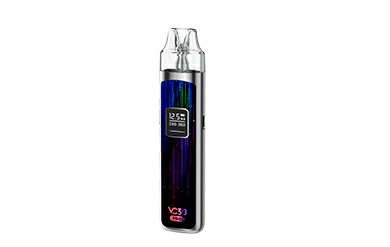



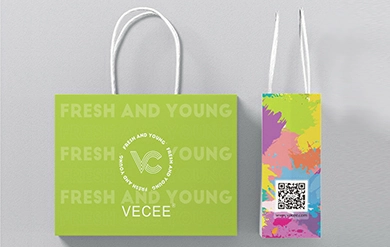



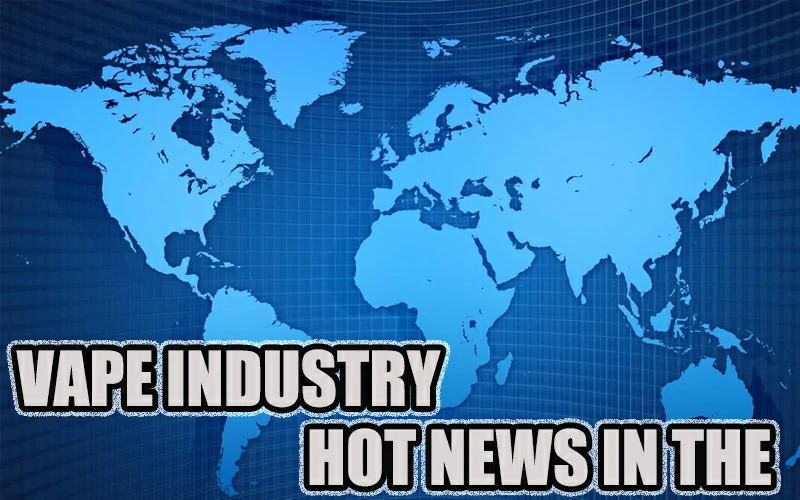


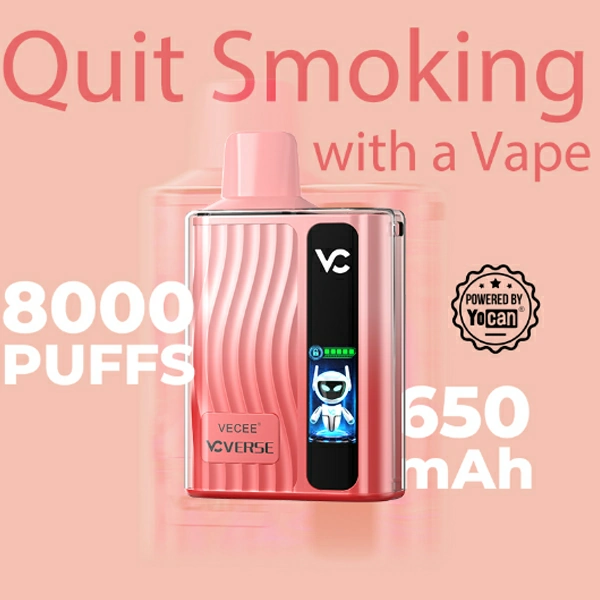
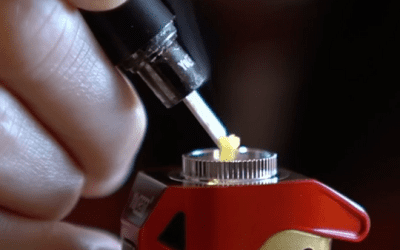

0 Komen